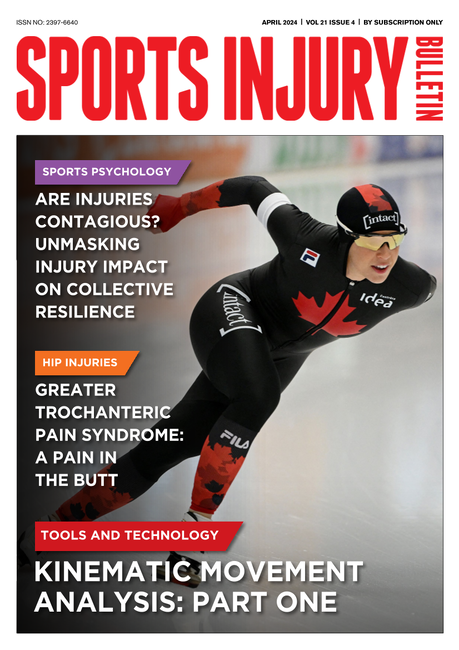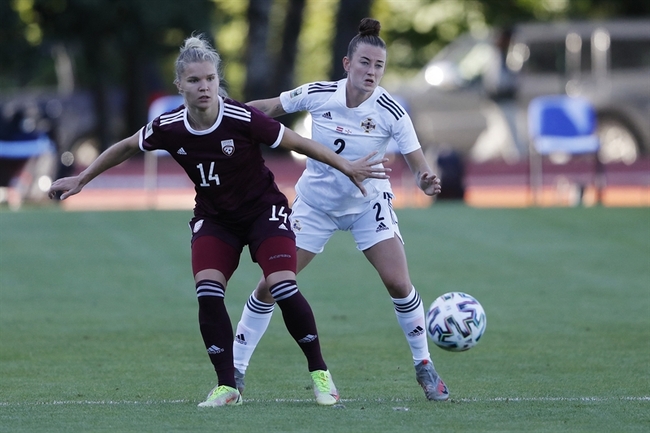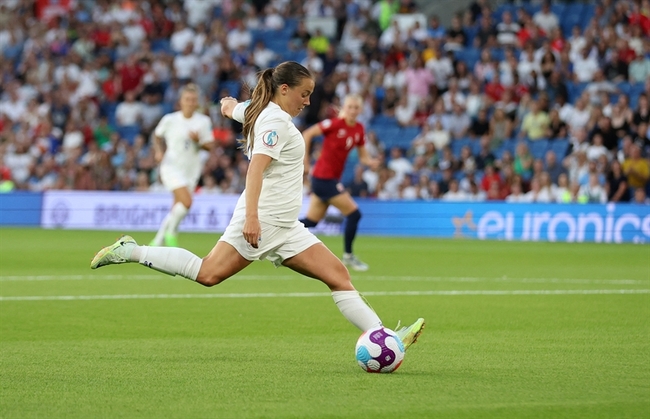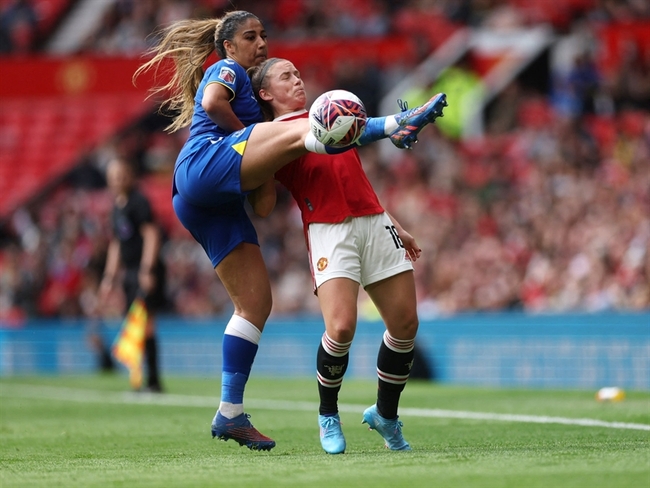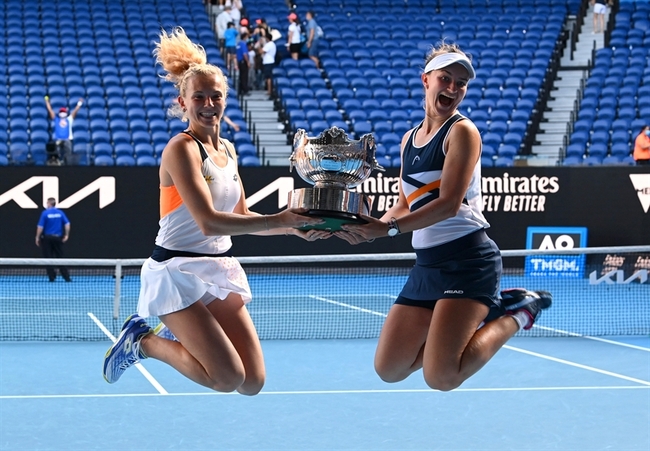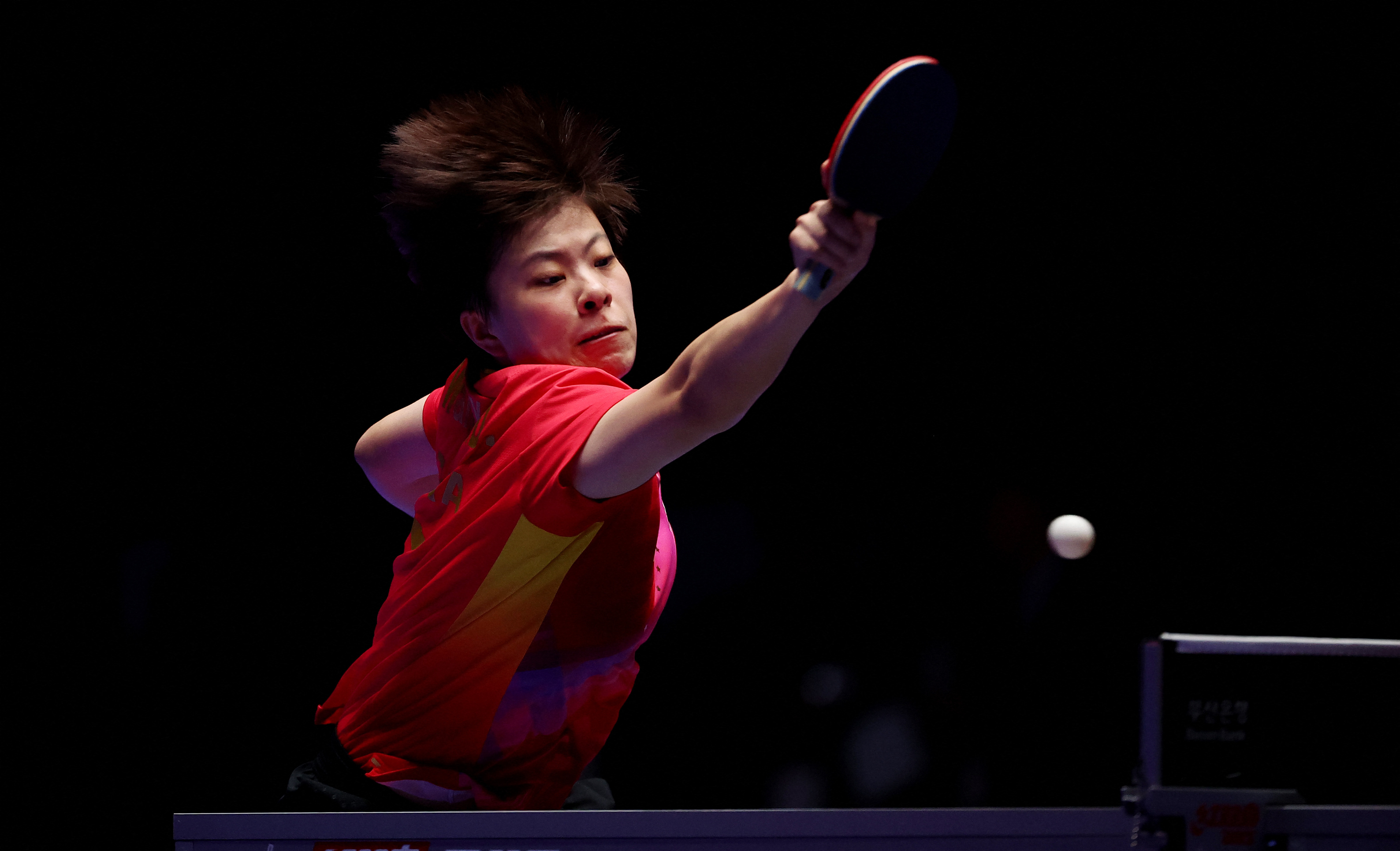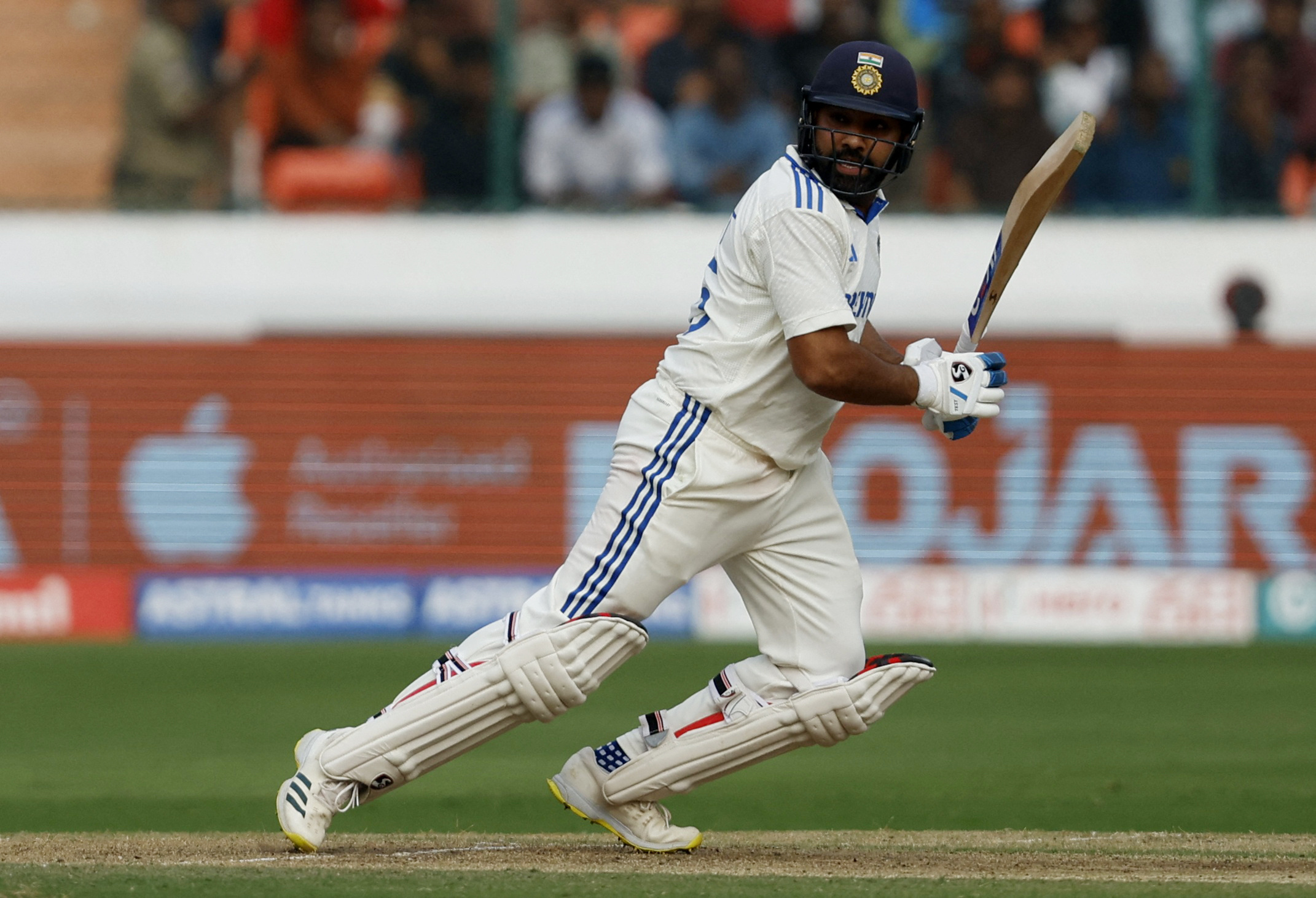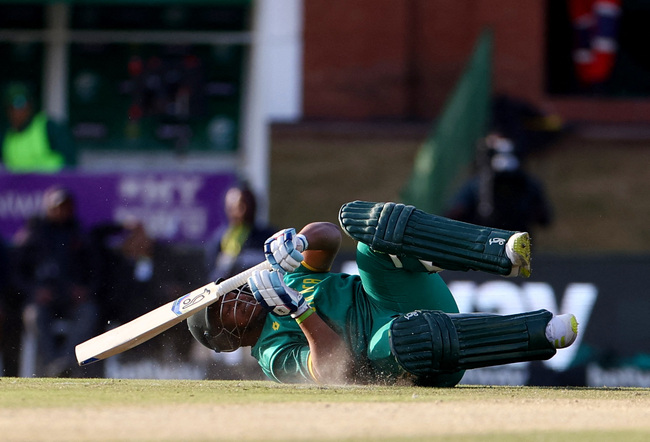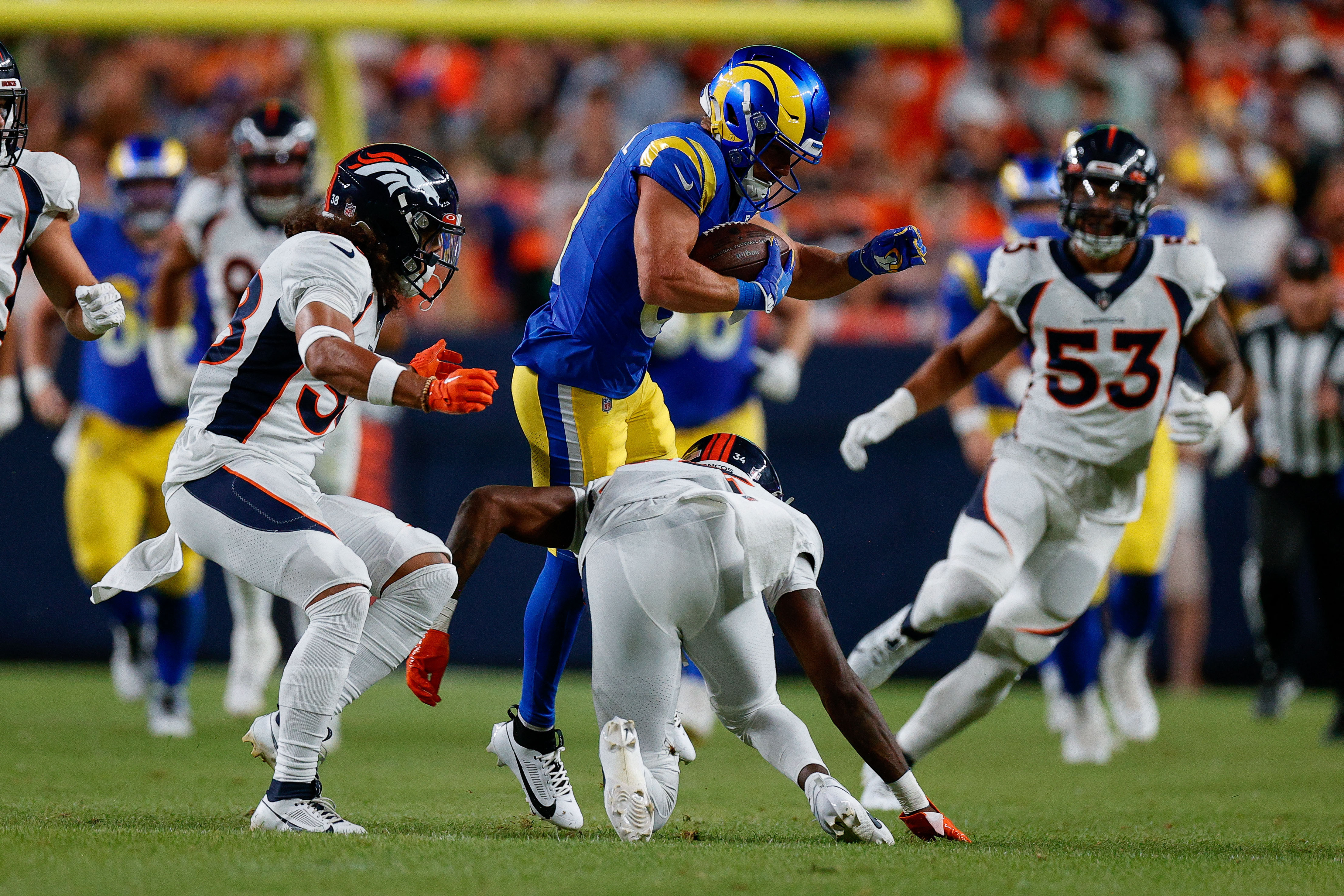The role of neuromuscular function in ACL recovery
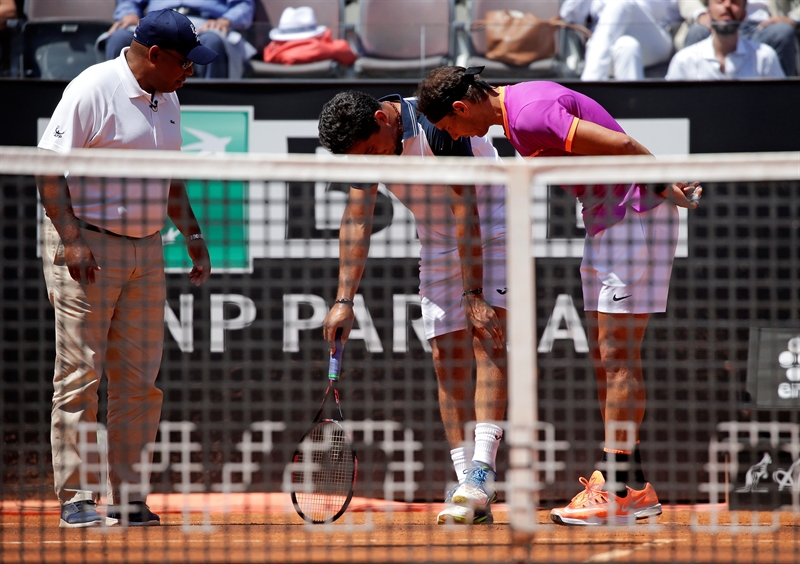
Anterior cruciate ligament (ACL) tears remain one of the most common sports injuries. These injuries typically happen in young athletes dooming them to an 80% chance of developing osteoarthritis (OA) as soon as 10 years after the injury(1,2). Thus, ACL injuries can contribute to life-long disability, with nearly half of those injured never returning to their previous level of sport participation(2). Despite the attention to rehabilitation following an ACL tear, repeated ACL injury incidence remains high(3).
Researchers from the Queen Mary University of London suspected that neuromuscular deficits might be at the root of the high rates of reinjury and OA(1). They conducted a systemic review and meta-analysis to evaluate the short and long-term changes in knee’s neuromuscular function after a knee injury. After an extensive literature search and analysis, they identified 52 studies that met high or moderate inclusion standards. Of those, 46 included patients status-post ACL injury managed conservatively and with various methods of repair.
One of the criteria for study inclusion was healthy controls to compare leg and knee function rather than relying on the ‘healthy’ side as a control. The reasoning was that the ‘healthy leg’ may also experience neuromuscular changes after an injury on the opposite side. Therefore, relying on the standard of the non-injured leg as a return-to-sport criterion may result in insufficient rehabilitation and contribute to the high rate of reinjury.
When the researchers analyzed the studies of ACL injury patients, they found them lacking in measurements of muscles and function other than the quadriceps and hamstrings. The analysis of those muscles found that both demonstrated short and long-term deficits in strength and neuromuscular function. The quadriceps, in particular, failed to recover voluntary activation as well as strength. Thus, even when the swelling and pain resolved and spinal-reflex excitability returned to normal, the patients could not recruit the quadriceps as quickly or easily as the healthy controls. The authors point to decreased cortical excitability hampering the patient’s efforts.
Practical implications
The researchers suggest that the persistent neuromuscular deficits and inability to quickly and precisely produce force within the quadriceps may impact the patient’s risk of suffering another ACL injury more than overall strength. They also implicate the neuromuscular deficits as contributing to the early development of OA. The less than ideal firing and force production from injured leg’s quadriceps may add to the uneven wear and distribution of forces within the joint.The authors recognize that many of the included articles didn’t report how they recruited subjects, which possibly led to a study population with a high level of bias. They also acknowledge that neuromuscular deficits are a risk factor for knee injuries in healthy populations. In this review, there was no way to know the neuromuscular function of subjects before their injury. In addition, there was a high level of variability in the rehabilitation conducted with the study’s subjects.
However, the results do suggest that the current modes of rehab aren’t sufficiently addressing neuromuscular function. Clinicians need to pay attention to the movement quality and speed of force production in the injured muscles, not just the peak strength. The authors suggest using controlled contractions with low-loads to retrain movement quality. They also recommend heavy resistance and plyometric activities to increase the rate of muscle recruitment and torque development.
References
- Sports Med(2020). doi.org/10.1007/s40279-020-01386-6
- EFORT Open Rev. 2017;2:410-20
- Arthrosc Tech. 2018 Jun; 7(6): e601–e605.
You need to be logged in to continue reading.
Please register for limited access or take a 30-day risk-free trial of Sports Injury Bulletin to experience the full benefits of a subscription. TAKE A RISK-FREE TRIAL
TAKE A RISK-FREE TRIAL
Newsletter Sign Up
Subscriber Testimonials
Dr. Alexandra Fandetti-Robin, Back & Body Chiropractic
Elspeth Cowell MSCh DpodM SRCh HCPC reg
William Hunter, Nuffield Health
Newsletter Sign Up
Coaches Testimonials
Dr. Alexandra Fandetti-Robin, Back & Body Chiropractic
Elspeth Cowell MSCh DpodM SRCh HCPC reg
William Hunter, Nuffield Health
Be at the leading edge of sports injury management
Our international team of qualified experts (see above) spend hours poring over scores of technical journals and medical papers that even the most interested professionals don't have time to read.
For 17 years, we've helped hard-working physiotherapists and sports professionals like you, overwhelmed by the vast amount of new research, bring science to their treatment. Sports Injury Bulletin is the ideal resource for practitioners too busy to cull through all the monthly journals to find meaningful and applicable studies.
*includes 3 coaching manuals
Get Inspired
All the latest techniques and approaches
Sports Injury Bulletin brings together a worldwide panel of experts – including physiotherapists, doctors, researchers and sports scientists. Together we deliver everything you need to help your clients avoid – or recover as quickly as possible from – injuries.
We strip away the scientific jargon and deliver you easy-to-follow training exercises, nutrition tips, psychological strategies and recovery programmes and exercises in plain English.


